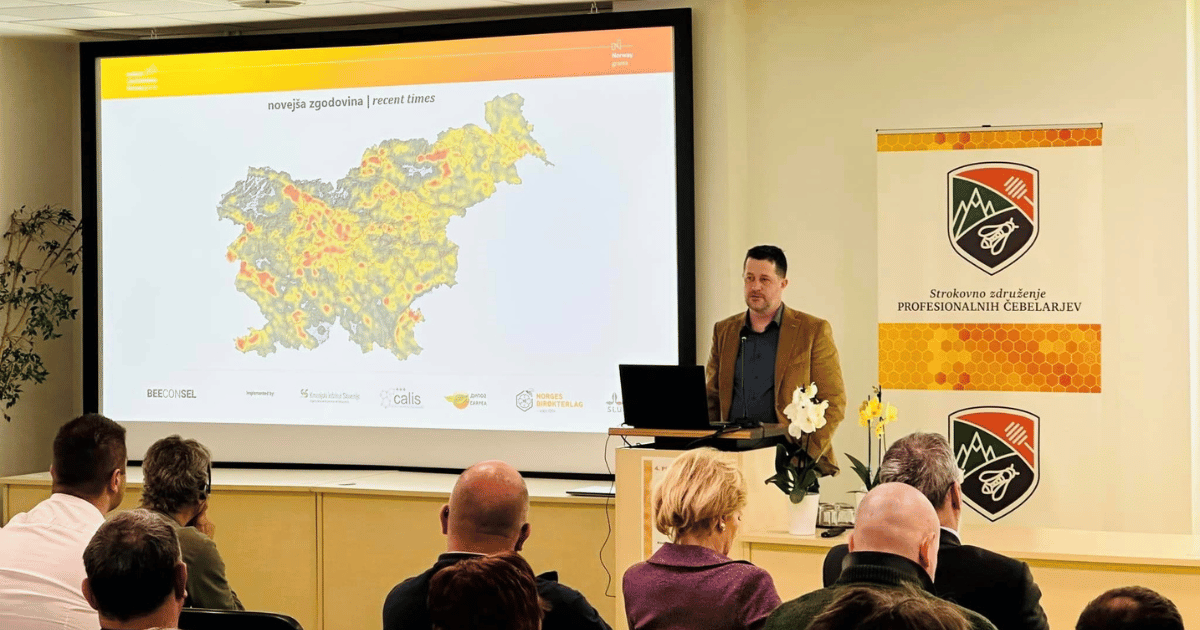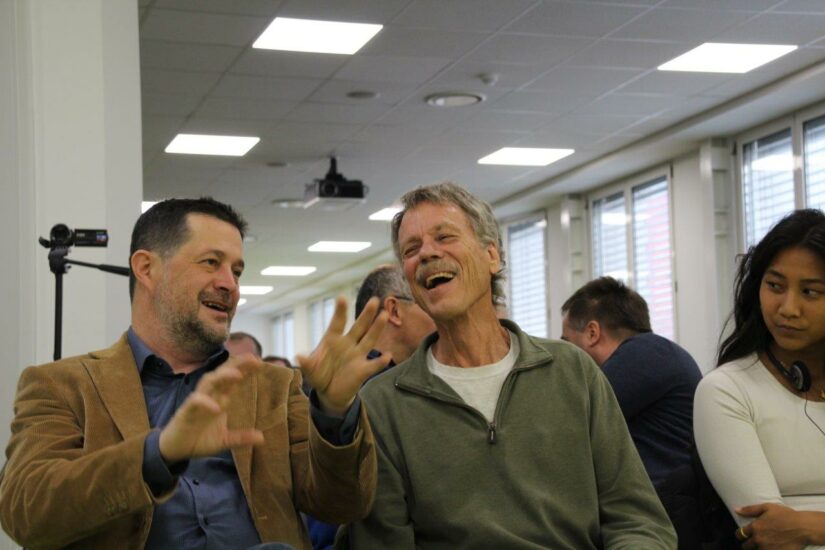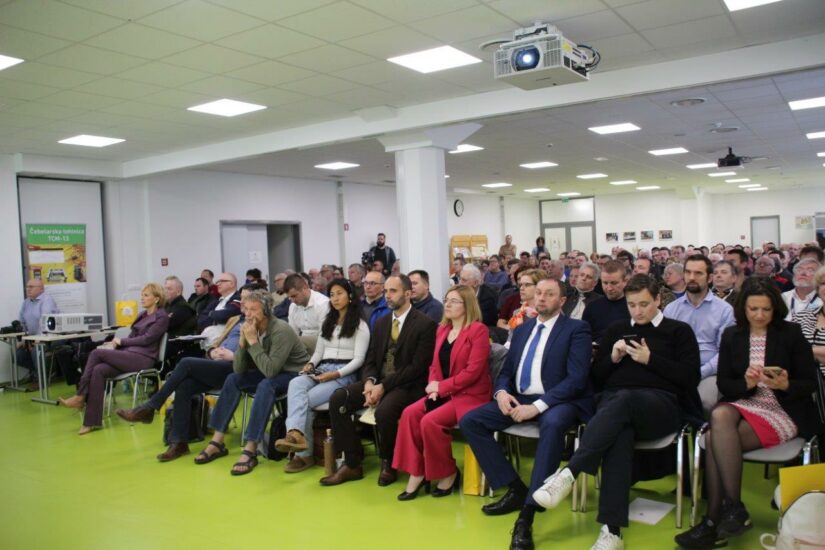A new article “Cutting corners: The impact of storage and DNA extraction on quality and quantity of DNA in honeybee (Apis mellifera) spermatheca” has been published. Our paper provides guidance on collecting, storing and transporting spermathecae from honeybee queens to properly preserve the spermatozoids, and on extracting DNA from the contents of the spermathecae.
Sampling and genotyping the contents of the spermathecae instead of the individual offspring saves time and allows us to answer questions about patriline composition immediately after mating. We focused on answering two questions: “What short-term storage conditions are best suited to preserve spermatozoids for subsequent successful DNA extraction and sequencing?” and “Which DNA extraction technique provides suitable results for further exploration of patriline composition and genotyping of the entire colony?”
This research is a stepping stone for future studies on whole honeybee colony genotyping and can promote the development of new technologies.
Read the article HERE.









